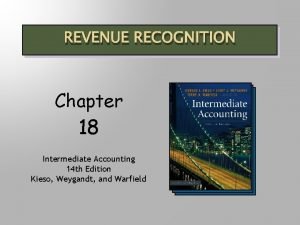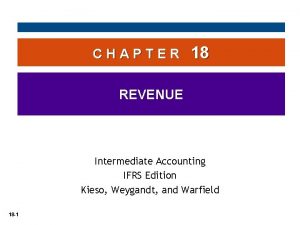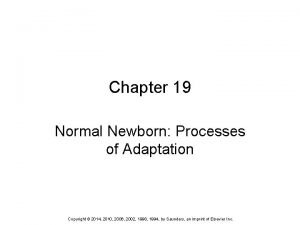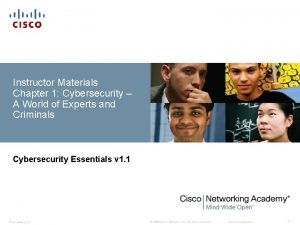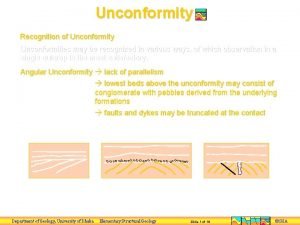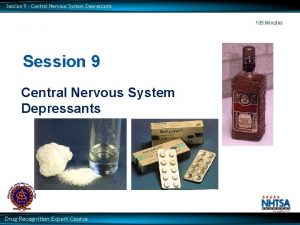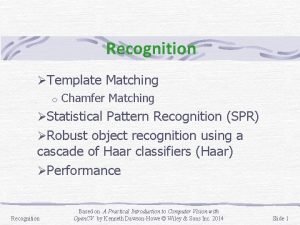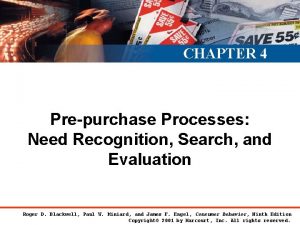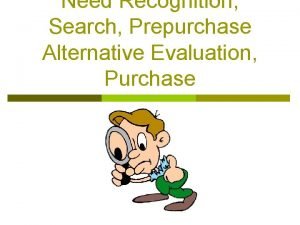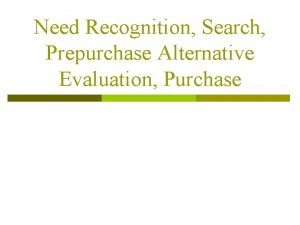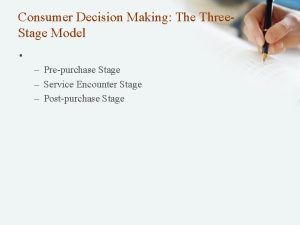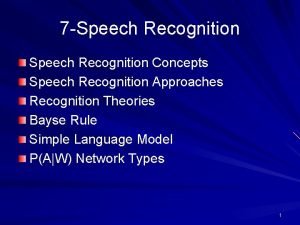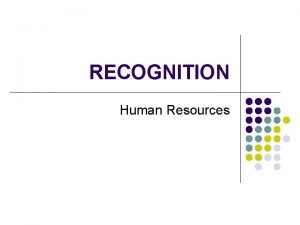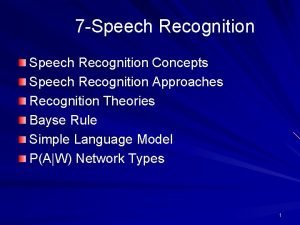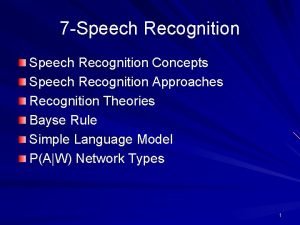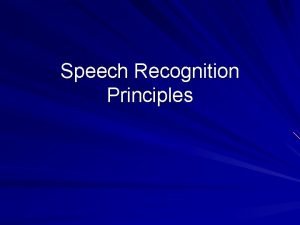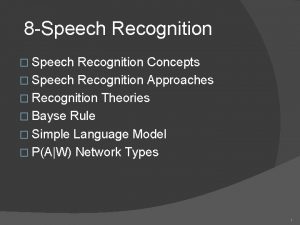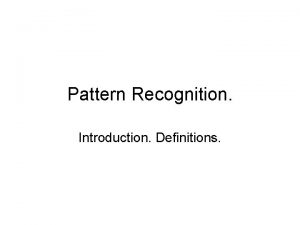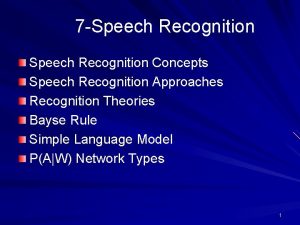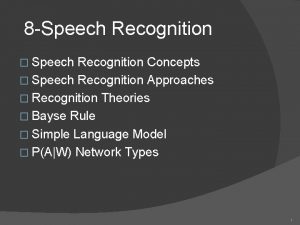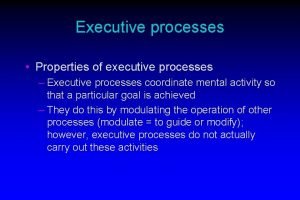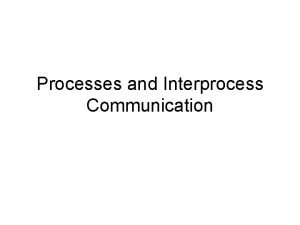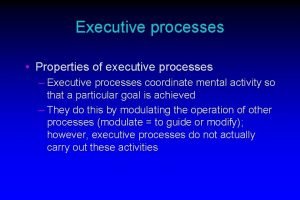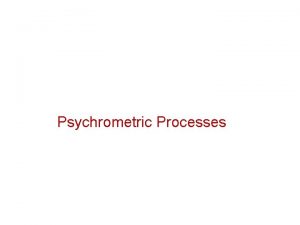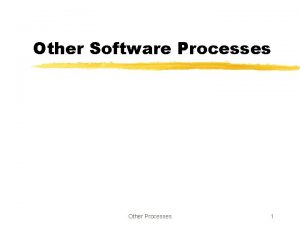Week 3 CHAPTER 4 PrePurchase Processes Need Recognition
























- Slides: 24

Week 3 CHAPTER 4 Pre-Purchase Processes: Need Recognition, Search, and Evaluation COPYRIGHT © 2012 Cengage Learning Asia

A) Need Recognition Process @ level COPYRIGHT © 2012 Cengage Learning Asia @ differences

Need Recognition Process ngry Ex: hu versus l) (actua e hungry at elimin ) (desire COPYRIGHT © 2012 Cengage Learning Asia

Need Recognition Understanding need recognition may identify a segment with unsatisfied desires Unsatisfied needs help identify new business and product opportunities for the future. Change consumers’ desired state with new products or innovations E. g. Prudential insurance offer comprehensive coverage, up to 100 years with reward. COPYRIGHT © 2012 Cengage Learning Asia

How Companies Can Activate Need Recognition Change consumers’ desired state with new products or innovations Influence how consumers perceive their current state Remind consumers of a need. E. g. send e-mail about sales promotion COPYRIGHT © 2012 Cengage Learning Asia

How Companies Can Activate Need Recognition Generic need recognition: companies seek to grow the size of the total market for a product category COPYRIGHT © 2012 Cengage Learning Asia

How Companies Can Activate Need Recognition Selective need recognition is the result of stimulating the need for a specific brand within a category COPYRIGHT © 2012 Cengage Learning Asia

B) Search Pre-purchase search is defined as the motivated attainment of knowledge stored in memory or getting hold of information from the environment 1) Internal search involves scanning and retrieving decisionrelevant knowledge stored in memory COPYRIGHT © 2012 Cengage Learning Asia

2) External search involves collecting information from the environment Sources: - Advertisements - Magazines - Internet When motivated by an upcoming purchase decision, external search is known as pre-purchase search - Friends and family members n o s a e R Øto make better consumption choices Øto create a knowledge base for future decisions Øsimply for enjoyment COPYRIGHT © 2012 Cengage Learning Asia When information acquisition takes place on a relatively regular basis, regardless of sporadic purchase needs, it is known as ongoing search

What to Search? Which choice alternatives should the consumer search? Those choice alternatives that consumers gather information about during pre-purchase search are referred to as the external search set Depending on the consumer’s experience and the importance of the decision, a considerable amount of effort may be invested into identifying search set members Courses? Schools? Cost? COPYRIGHT © 2012 Cengage Learning Asia

Where to Search? Different informational sources are available to the consumer COPYRIGHT © 2012 Cengage Learning Asia

Where to Search? Consumers are more likely to rely upon the opinions of other individuals than information sources with vested interests in their decisions Other consumers respected for their expertise in a particular product category are referred to as opinion leaders or influentials COPYRIGHT © 2012 Cengage Learning Asia

Consumer Search on the Internet help to search easily + efficient Particular search words or phrases used by consumers fall into three categories 70% Generic terms; representing product categories 20% Specific retailers; e. g. , Best Buy, Gateway. com 10% Specific products; e. g. , Canon digital camcorder, HP notebook COPYRIGHT © 2012 Cengage Learning Asia

How Much Do Consumers Search? Cost versus benefit perspective: people search for decision-relevant information when the perceived benefits of the new information are greater than perceived costs of acquiring the information Benefit: making better decisions Cost: time/effort spent searching COPYRIGHT © 2012 Cengage Learning Asia

Consumers’ Knowledge and the Amount of Search Due to lack of knowledge to search COPYRIGHT © 2012 Cengage Learning Asia

How Companies Benefit from Understanding Search Adjusting the breadth of a product line based on consumers’ willingness to search Monitoring consumers’ price comparison activities to gauge their price sensitivity Focus promotions on sources that consumers search most, including individuals that provide information (e. g. mum) Monitor search activities to identify new ways to reach and gain customers (e. g. family, nutritionist) COPYRIGHT © 2012 Cengage Learning Asia

C) Pre-purchase Evaluation The evaluation of choice alternatives COPYRIGHT © 2012 Cengage Learning Asia

How Companies Can Get Into Consumers’ Consideration Sets Ask to be in the set (e. g. : would customer like some fries to go with hamburger) Offer incentives (e. g. a coupon is offer for taking a look at what marketer sell) Modify the product offering to attract consumer to consider it COPYRIGHT © 2012 Cengage Learning Asia

Constructing the Consideration Set E. g. : Eating out External search Consideration set Internal search Retrieval set= Talk to others or consider all brands in the store consideration set that depends on recall of alternatives from memory Recognition of brands or products at point of sale is important Consumers limit their consideration to those alternatives toward which they are favorably liable COPYRIGHT © 2012 Cengage Learning Asia

Evaluating Alternatives B A Constructing New Evaluations The Piecemeal Process = constructing an evaluation of a choice alternative using bits and pieces COPYRIGHT © 2012 Cengage Learning Asia

The Piecemeal Process Cutoff: restriction or requirement for acceptable performance. E. g. limit of $ willing to pay Signals: product attributes used to conclude other product attributes (e. g. , using high price to conclude higher quality) Performance of the alternative : noncompensatory versus compensatory evaluation strategy COPYRIGHT © 2012 Cengage Learning Asia

Noncompensatory Evaluation Strategies: a product’s weakness on one attribute cannot be offset by strong performance on another attribute Lexicographic strategy brands are compared initially on the most important attribute, and the winner is chosen. If more than one is evaluated similarly on that attribute, the second most important is considered, and so on, until a winner is identified. Elimination by aspects similar to the lexicographic strategy; however, the consumer imposes cutoffs Conjunctive strategy each brand is compared, one at a time, against a set of attributes which is established for each salient attribute. If a brand meets the cutoffs for all attributes, it is chosen. “Consumer won’t sacrifice taste for health in snacks” COPYRIGHT © 2012 Cengage Learning Asia

Compensatory Evaluation Strategies: a perceived weakness of one attribute may be offset or compensated for by the perceived strength of another attribute Simple additive: the consumer counts or adds the number of times each alternative is judged favorably in terms of the set of salient evaluative criteria. The alternative with the largest number of positive attributes is chosen. Weighted additive: judgments about an alternative’s attribute performance are weighted by the attribute’s importance. The alternative with the best overall performance is chosen. COPYRIGHT © 2012 Cengage Learning Asia

How Good Are Consumer at Evaluating Alternatives? Consumers are often not very good at figuring out which alternative is best for them - Tend to rely on certain signals (e. g. , price, brand name, warranty, package) to make assumption about a product quality; however, such signals may be inaccurate -Often possess limited abilities to accurately evaluate choice alternatives --marketers play important role to influence consumer evaluation Done COPYRIGHT © 2012 Cengage Learning Asia
 Need recognition process
Need recognition process Concurrent processes are processes that
Concurrent processes are processes that Week by week plans for documenting children's development
Week by week plans for documenting children's development Chapter 18 revenue recognition
Chapter 18 revenue recognition Revenue recognition intermediate accounting
Revenue recognition intermediate accounting Chapter 18 kieso
Chapter 18 kieso Chapter 19 normal newborn processes of adaptation
Chapter 19 normal newborn processes of adaptation Designing and managing service processes
Designing and managing service processes Chapter 1: the need for cybersecurity
Chapter 1: the need for cybersecurity Need a service chapter 5
Need a service chapter 5 Identify and meet a market need
Identify and meet a market need Need a service chapter 15
Need a service chapter 15 Need a service chapter 14
Need a service chapter 14 Service marketing environment
Service marketing environment The basic systems and services of a city
The basic systems and services of a city Service escape
Service escape Service marketing chapter 2
Service marketing chapter 2 Payback chap 9
Payback chap 9 Employee recognition proposal
Employee recognition proposal Four part processing model for word recognition
Four part processing model for word recognition Recognition of unconformity
Recognition of unconformity Lisa kuklinski
Lisa kuklinski Tranquilizers examples
Tranquilizers examples Drug recognition expert chart
Drug recognition expert chart Chamfer matching
Chamfer matching




